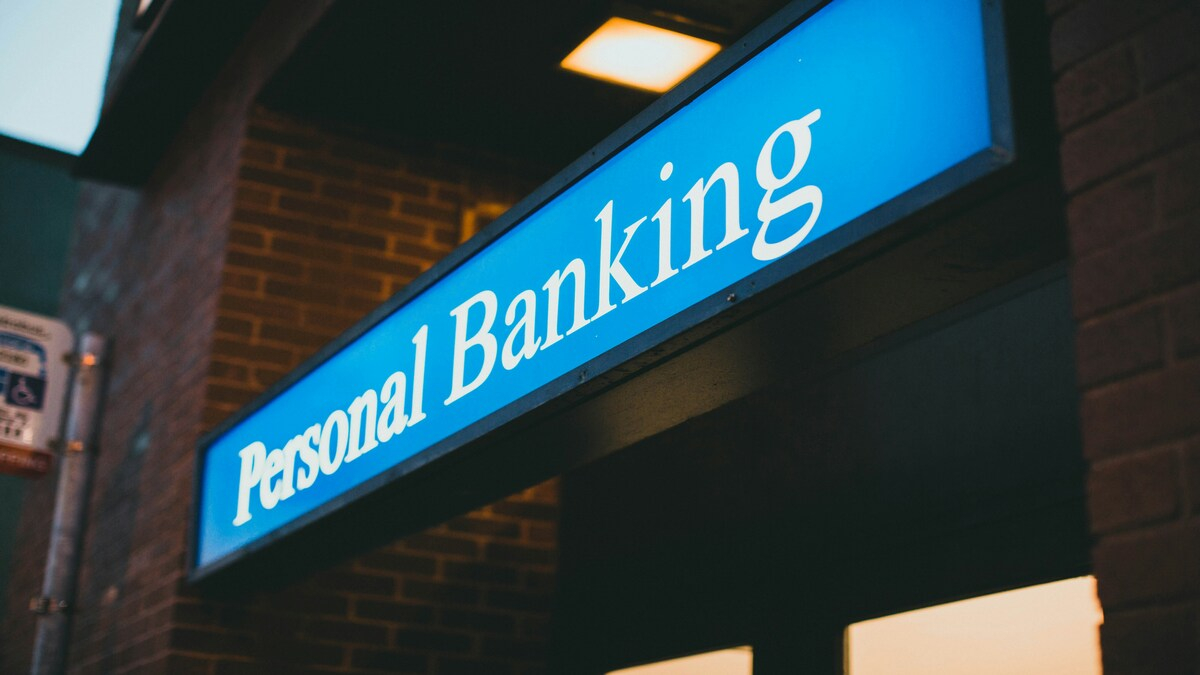Federal student loan payments have resumed after a pandemic-related pause, with many borrowers relying on automatic payments (autopay) for convenience and potential interest rate discounts. However, issues with autopay systems have caused significant financial strain for some borrowers, including unauthorized debits, incorrect payment amounts, and multiple withdrawals in a single month.
Autopay errors
According to the Consumer Financial Protection Bureau (CFPB), autopay errors are among the most pervasive problems reported by borrowers. Julia Barnard, CFPB Student Loan Ombudsman, recently stated, “Autopay errors were one of the most widespread and consequential servicer errors we saw this year. These errors are incredibly costly and completely unacceptable”
Examples include a borrower who was unexpectedly debited $6,897 instead of $1,048 and another who faced a $2,074 withdrawal despite qualifying for $0 monthly payments under their repayment plan. Such errors can disrupt borrowers’ ability to meet basic needs like rent, groceries, and medical bills.
Why Autopay remains an option despite risks
Despite these concerns, experts like higher education analyst Mark Kantrowitz advise borrowers to remain enrolled in autopay when possible. The main benefits include a 0.25% interest rate discount and the reduced likelihood of late payments, which could negatively impact credit scores
However, borrowers with tight budgets might weigh the risks of potential overcharges and decide against autopay for peace of mind.
Steps to protect yourself
To avoid financial strain caused by autopay errors, follow these precautions:
1. Monitor your bank account regularly
Set up transaction alerts through your bank to notify you of debits exceeding a certain amount. This proactive approach helps verify that the correct amount has been withdrawn each month
2. Keep payment records
Maintain a record of your payment history, which is especially helpful if you’re pursuing loan forgiveness through income-driven repayment plans
3. Respond quickly to errors
If you discover an incorrect payment:
- Contact your loan servicer immediately and request a refund.
- Ask your servicer to cover any overdraft fees or bounced check charges resulting from their error.
- Reach out to your bank promptly; under federal law, errors in autopay amounts can often be resolved within 10 business days
4. File complaints if necessary
Should your servicer be unresponsive, file a complaint with the Department of Education at Studentaid.gov/feedback. The Federal Student Aid Ombudsman Group can also assist with unresolved disputes
Why some borrowers struggle with refunds
The CFPB has documented instances where borrowers waited months or even years for refunds from servicers. Barnard emphasizes the importance of leveraging support from financial institutions to expedite resolution. She notes, “Borrowers’ financial institutions may be able to quickly resolve errors in autopay amounts if they are notified promptly.
